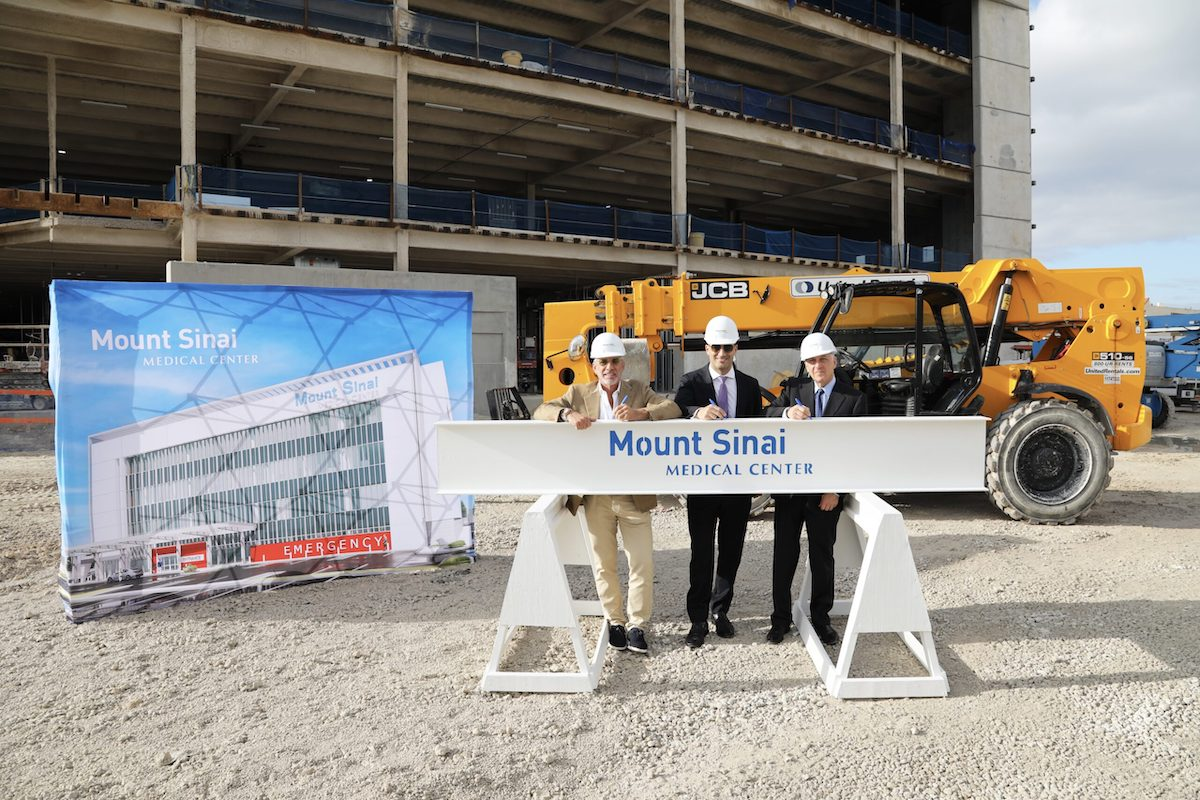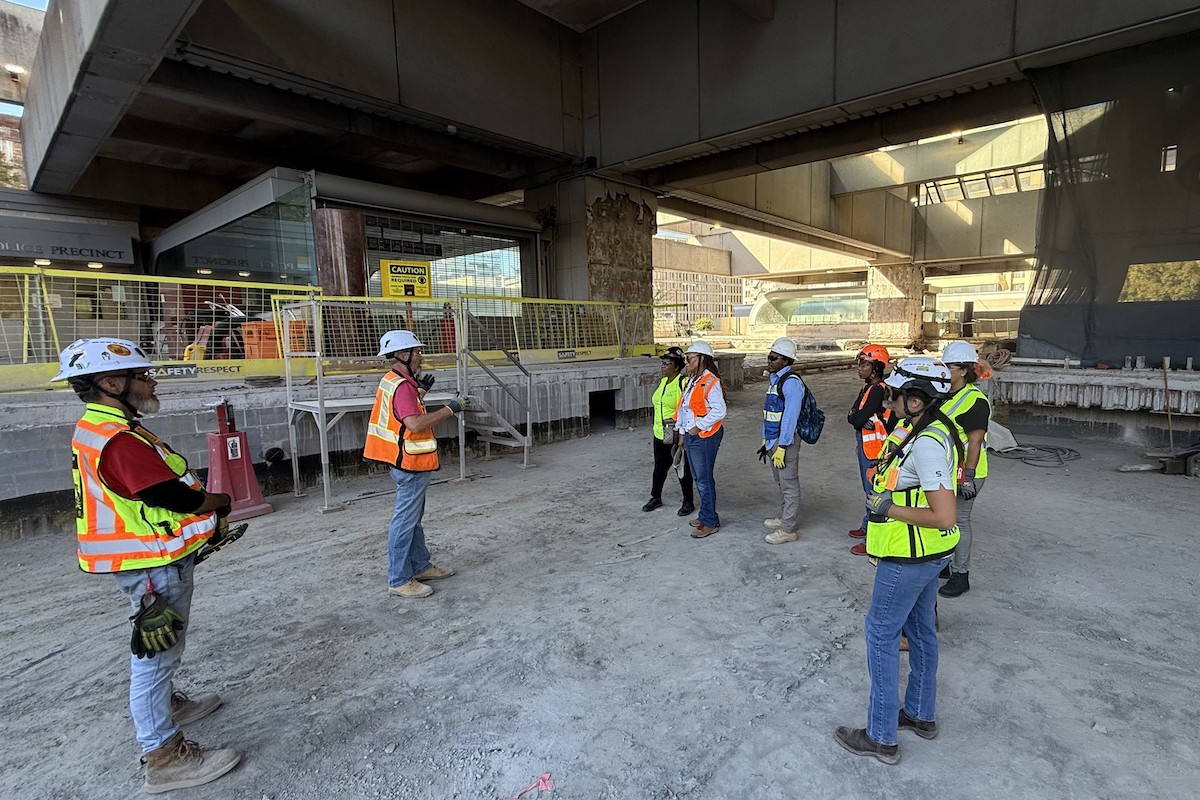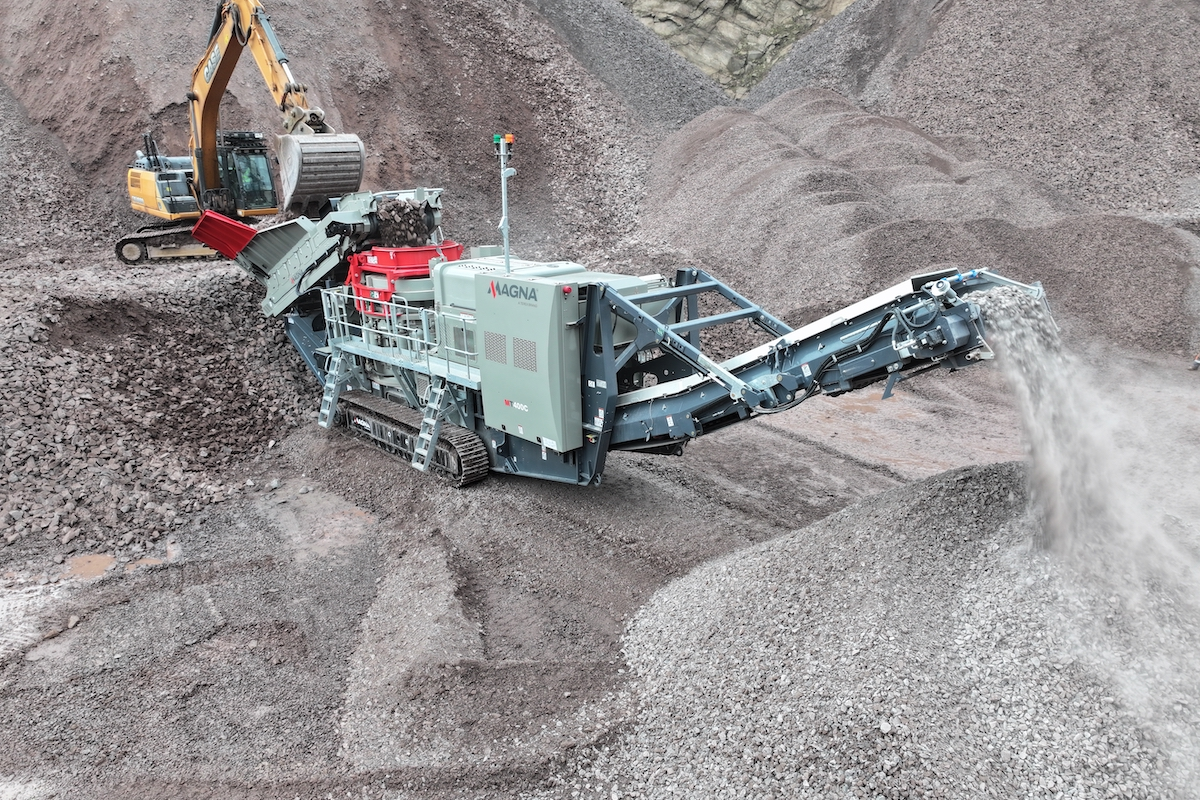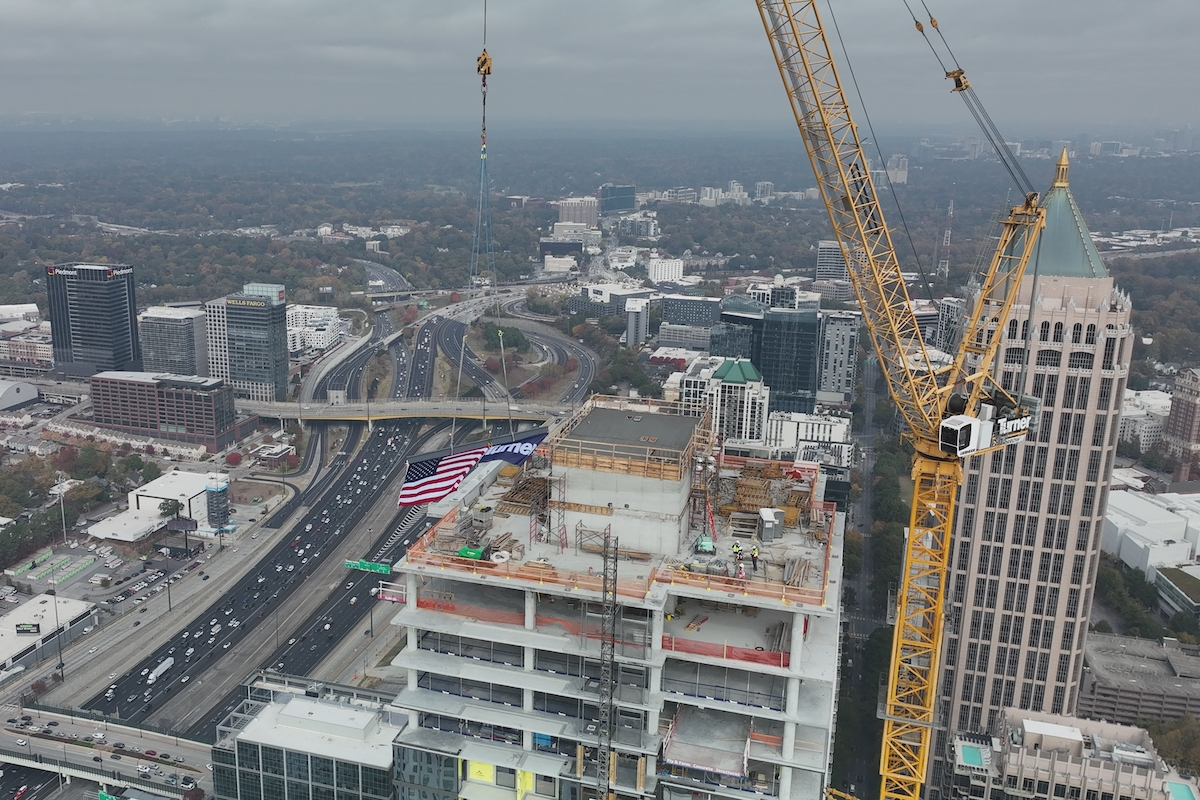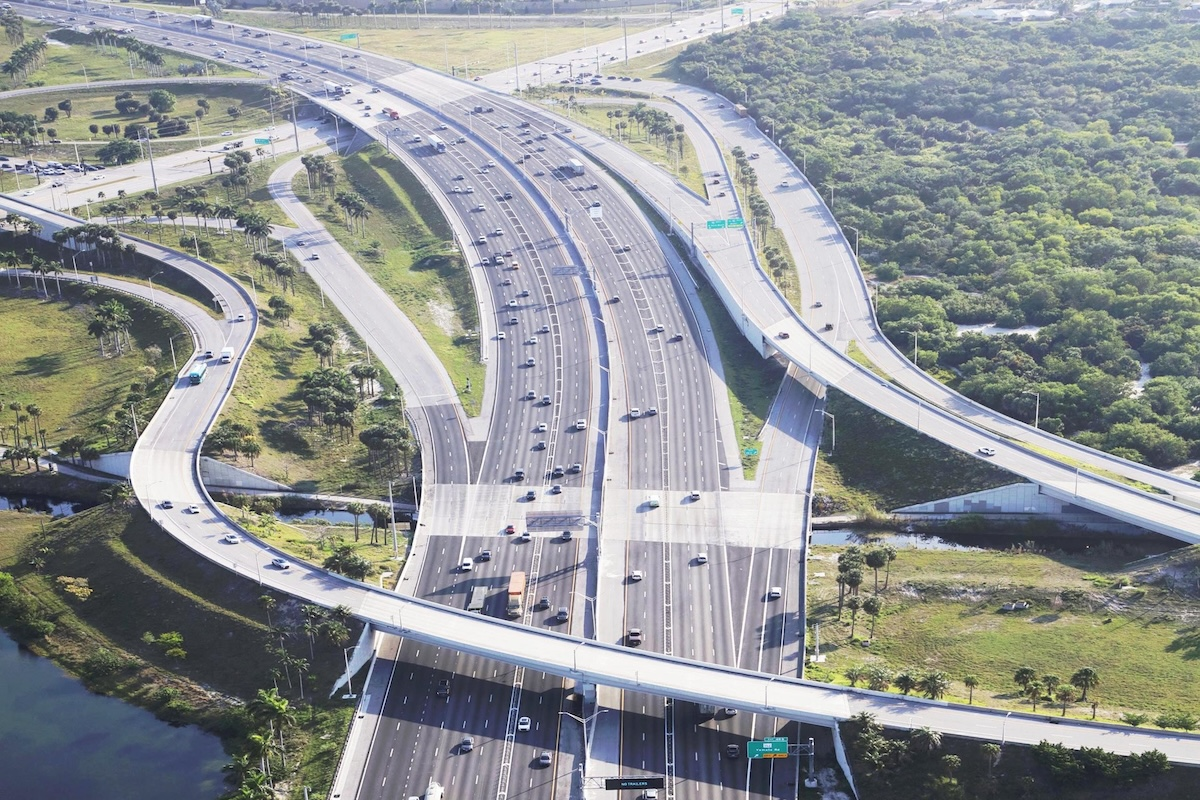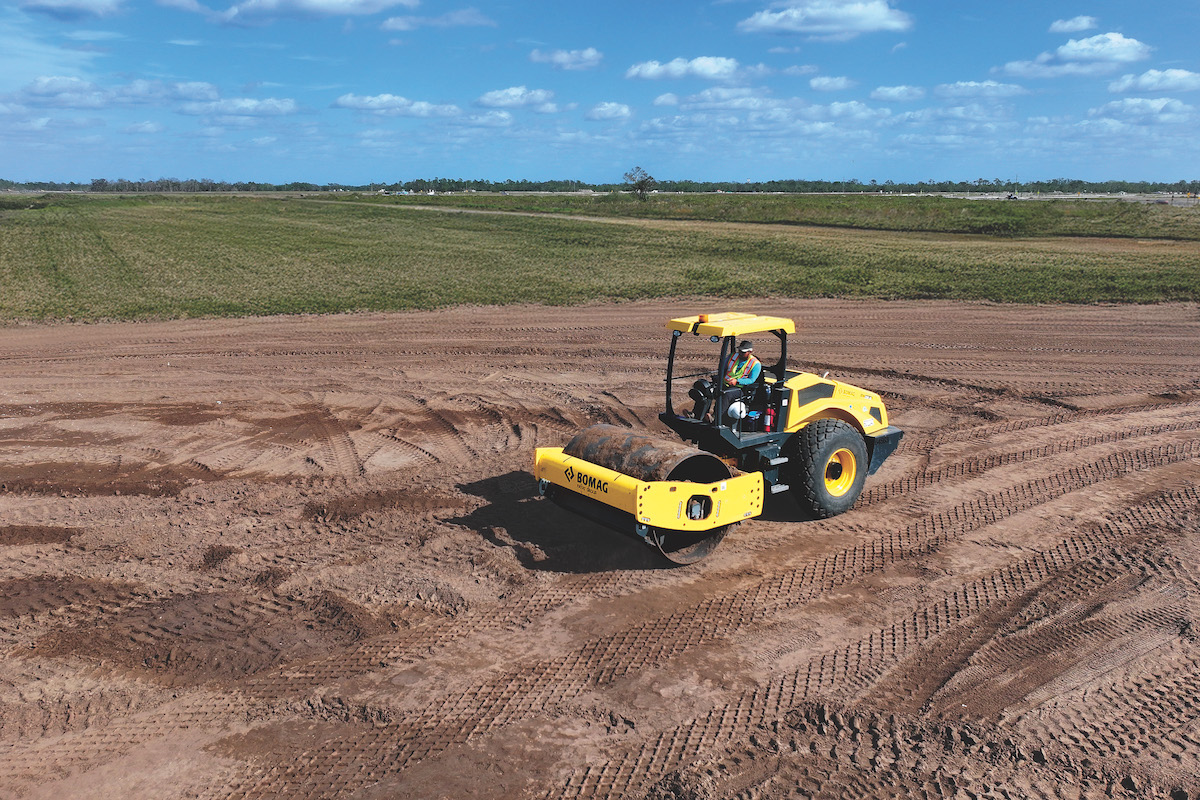In the early days of telematics, rental companies wanted to access all of the data from the machine. Then, there was a period of time when they said they were getting too much data and requested less. The pendulum has now swung back in the other direction as users are again wanting more data from the machine and asking for even more than ever before.
To meet this demand, OEMs like JLG need to structure their telematics solutions in a way that is more efficient for rental centers to navigate, more meaningful in the way the system provides the data and more effective for them to use the data to proactively manage and maintain their fleets.
This path forward for the rental market is not without its frustrations, stemming from three specific challenges that the industry is working to resolve. But there are significant advantages, too, paving the way today for greater job site connectivity in the future.
As rental fleet managers are asking again for deeper machine insights, the three challenges that need to be overcome are:
- The actionability of data
- Confusion about what to do with telematics and how to manage it
- The availability of connectivity on job sites

| Your local Bobcat dealer |
|---|
| Pinnacle Central Co Inc |
Historically, users in the rental market have been overwhelmed by the amount of data available through telematics, eventually asking to receive less – resulting in too little data being provided. Now, users are again wanting more data but in a way that makes the data actionable and digestible.
That means that OEMs, including JLG, need to provide their rental partners with a way to access the data through their telematics systems that enable them to manage the data and prioritize the information they most want to view. For example, for many years JLG ClearSky has given users the ability to view machine data through dashboards available within the system, including equipment maintenance pages, maps that include machine location, geofences and reports on many other data points, including Diagnostic Trouble Codes (DTC).
It also means that OEMs, including JLG, need to offer features within their telematics systems that are more effective to use. For example, it’s always been a challenge with certain functionality like geofences, which are great tools to have but are operationally difficult to develop and maintain.
The industry gives rental equipment owners and operators mixed messages about telematics, creating a lot of confusion about what users should do with telematics and how their businesses should manage it.
On one side, OEM-specific solutions offer rich insights about a brand’s equipment, but sourcing telematics from multiple OEMs can be a lot of effort to manage. On the other side, investing in one third party telematics solution may be easier to manage but with fewer data points and equipment insights.
To be honest, trade-offs will always come with this decision because there is no one-size-fits-all answer. The right telematics solution will be the one that meets each rental business’s unique needs and goals.
Because of the nature of work that rental equipment does, fleet managers often need to send equipment out to worksites where the machines’ usage can last weeks or months, and that equipment must be maintained.
When considering how telematics can be – or will be – used in rental applications, the decision isn’t all about weighing the pros and cons of a program’s specific benefit. It’s also about the logistics of working on a connected job site. A couple of questions rental fleet managers need to ask are:
- Is there connectivity infrastructure available on site (i.e. cellular or WIFI service)?
- If so, can service technicians have connected devices on sites to access telematics information?
- Increased machine uptime and utilization
- Boosted productivity and machine performance
- Reduced downtime
- Location to help with service planning and reduces downtime for field techs
- DTCs to address machine issues and get them back on rent quicker
- Machine hours to help with billing and knowing when to service the machine
- Battery status
- Machine utilization
- Setting geofences/time fences to protect investment and to be notified on machine usage (leaving a particular area or being used before/after a designated time)
- Schedule maintenance tasks
- Maintenance schedules
- Operating condition – age of the machine, as well as current condition on the job site
- Usage – tasks triggered when the machine reaches a specified point, such as hours of use, harsh working conditions and when the equipment is being used during multiple shifts a day
Despite these frustrations, users in the rental market understand the value of using telematics as part of their fleet operations. In most cases, rental stores will agree that the benefits of the data they get through telematics significantly outweigh their frustrations with the systems.
That’s because they recognize that a benefit of telematics is that it enables their companies to streamline access to important machine information quickly and effectively through digital channels. In doing so, rental equipment owners can build business strategies around three key advantages they gain from using it for their fleet maintenance and management:
Telematics can show rental fleet managers where and how equipment is operating by providing high-level or finite details on several machine systems, including:
Access to this type of information allows store owners to manage their rental fleet’s utilization rates more efficiently and effectively. Also, the data can help rental fleet owners can more accurately manage their machines’ preventive service needs, a proactive approach to equipment maintenance that falls between reactive and predictive maintenance to prevent unexpected breakdowns. For example, telematics users can use the system to plan tasks based on the equipment’s needs in terms of:
Having access to actual asset utilization metrics, including engine hours, can help rental companies increase uptime by avoiding unnecessary field service calls by indicating, based on equipment schedules, if the machine is due for maintenance or not.
Many telematics solutions also have tools to analyze fleet and operator data, as well as determine the overall effectiveness of a machine in a particular situation. Sharing utilization and operator data can significantly improve on-site efficiencies. And, by using telematics in conjunction with other digital tools, such as building information models (BIM), rental store owners can help customers streamline the planning phase of projects to select the right machine for the job.
Telematics can also help to manage downtime when it is necessary to service and maintain rental machines. For example, using diagnostic tools like JLG’s Remote Analyzer Reader through the ClearSky telematics portal allows rental fleet managers and service technicians to remotely diagnose machine issues and coordinate the tools and parts needed for on-site repairs.
Some telematics solutions, including JLG’s ClearSky, can also provide rental stores with the ability to receive automated reports and immediate notifications when issues arise. And, as mentioned earlier, fleet managers can use telematics programs to proactively schedule maintenance, reducing unnecessary service calls. Telematics can also help rental equipment owners and users plan ahead for site visits and services, such as equipment deliveries, fuel refills, and scheduled maintenance tasks.
Rental stores can also practice predictive maintenance with telematics, using the real-time data from the equipment to monitor machine health and to alert users of potential issues before they occur. For example, with telematics rental companies’ fleet managers can know when a machine’s batteries need to be recharged or if there is a clogged filter or too much water in the fuel tank – all common challenges that occur every day in equipment rentals that can be alleviated by accessing machine data.
As site connectivity continues to evolve, telematics provides a foundation and infrastructure for other technological advancements in safety and productivity. Over the next decade, telematics will also continue to evolve to include even more machine information on electrified products, more finite details from the equipment’s integrated sensor suites, live/real-time video feed footage, in-the-moment servicing of machines, additional semi-autonomous functionality, and so much more.



















